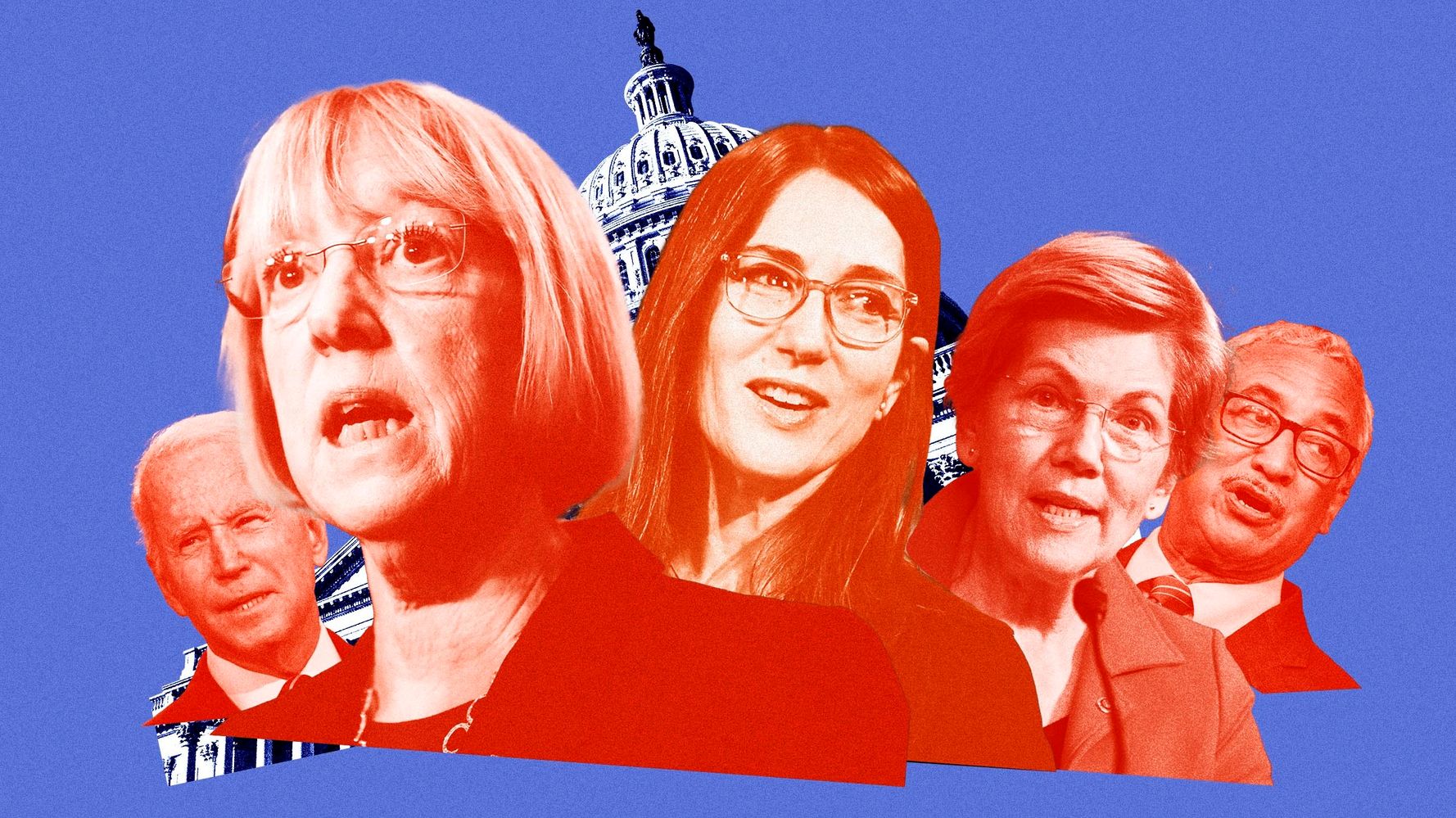
The initiative would dramatically increase federal assistance for child care in order to guarantee that no family has to use more than 7% of its income for that purpose.
It’s a massive gamble, though one that champions of the child care initiative say will pay off because future lawmakers wouldn’t dare let such a popular program lapse.She says that experience has given her insight on what happens when parents have to take on extra hours ― or extra jobs ― just to pay for child care?
And that’s just the families who pay for child care.“The children are house-hopping from relative to relative, because the families can’t afford care and it’s cheaper that way,” Glover said.Low-income families have the hardest time finding child care.But child care fees, which exceed public college tuition in many states, are also tough on higher-income families ― like some who live in Battle Creek, 125 miles to the west.
“These are children who are from middle-class families and they have really inconsistent child care solutions, with lots of caregiving transitions and varying schedules,” Potter said.Even those who can afford child care sometimes struggle to find providers they trust with their kids.The primary goal of Build Back Better’s child care proposal is to address that problem by increasing the subsidies enough to establish a cap on what any family has to pay out of pocket for child care.One way to think about the impact of the Democratic initiative is that it would recognize, for the first time, the stake all Americans have in a well-functioning child care system.The initiative would rely on states to administer the program, partly on the theory that state officials have more experience tailoring child care programs to the needs of their constituents.But the federal government would also put conditions on the funds, including a requirement that child care providers that accept government subsidies increase pay for their workers.
This requirement is part of a broader effort in Build Back Better to raise famously low wages for care providers, including those serving elderly and disabled Americans.Architects of the Build Back Better plan hope that higher pay for child care workers can also raise the quality of child care, because today’s low wages make it difficult for child care providers to attract and retain talented staff.“It is difficult to make ends meet as a child care worker, yet we know from a lot of research that turnover among child care providers can be hard on children,” Boushey said.Conservatives agree that the Democratic child care plan could be revolutionary.They say that the bill envisions a “one-size-fits-all” style of child care that would exclude some child care options many parents prefer, like churches and small in-home caregivers, because those providers would have a hard time meeting the new regulatory requirements.(They could.) And it’s not as if the proposal would prohibit child care providers from operating if they don’t meet the new federal standards.
Still, conservatives are correct when they say the Democratic proposal would push child care in a different direction, favoring providers that could meet higher standards for safety, quality and training.They are also correct when they say this would make child care more expensive, requiring much more government spending on subsidies.
In some ways, that is the whole point of the initiative: to put a higher value on child care and to put more of the nation’s resources behind it.They would prefer to make child care be free to all, as the pre-K portion of the program would be.
Matt Bruenig, president of the People’s Policy Project, has warned in a series of articles that the child care initiative would drive up prices for some families who don’t get subsidies ― especially during the initial three-year transition period, when eligibility for assistance rises from 100% of state median income to 125% and then 150%.
Some middle-class families could see their prices spike, Bruenig has predicted, fueling resentment and actually making child care for them less affordable.A more fundamental concern about the Democratic child care initiative is whether state officials would reject it altogether, as so many GOP officials did with the Affordable Care Act’s Medicaid expansion.Earlier this year, Michigan’s Republican-controlled legislature agreed with the Democratic governor, Gretchen Whitmer, on a plan tapping federal COVID-19 money to make child care free for 100,000 low-income families.
Build Back Better’s child care initiative could have the same effect, literally changing lives for millions of Americans ― but only for as long it lasts
